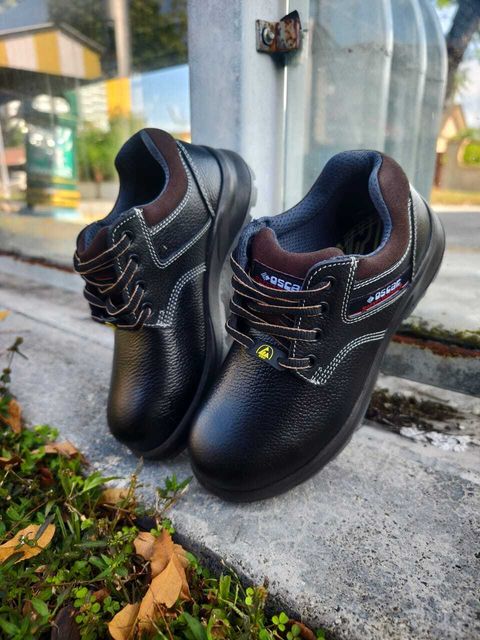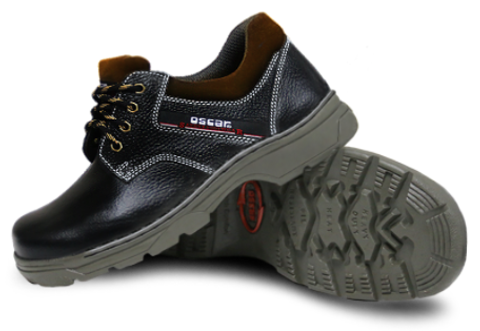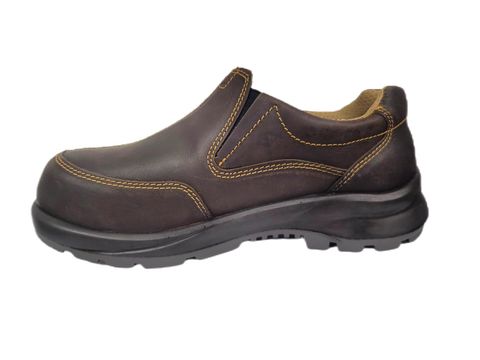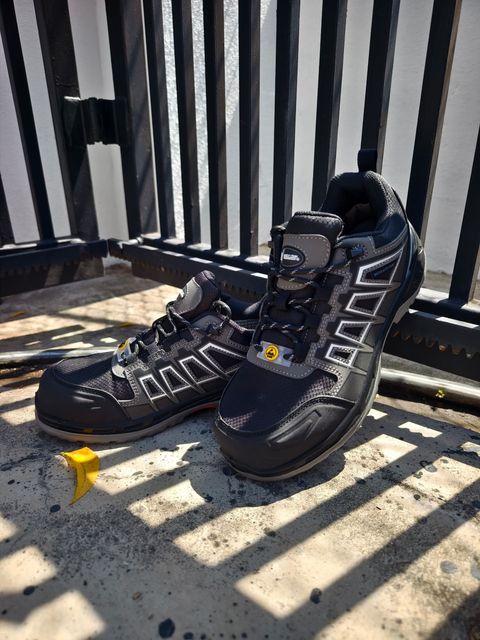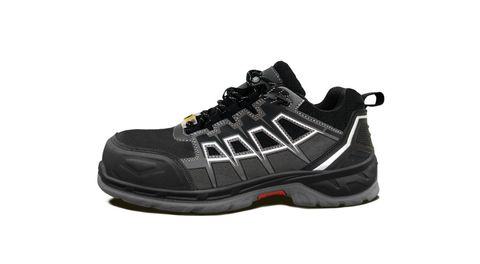ESD
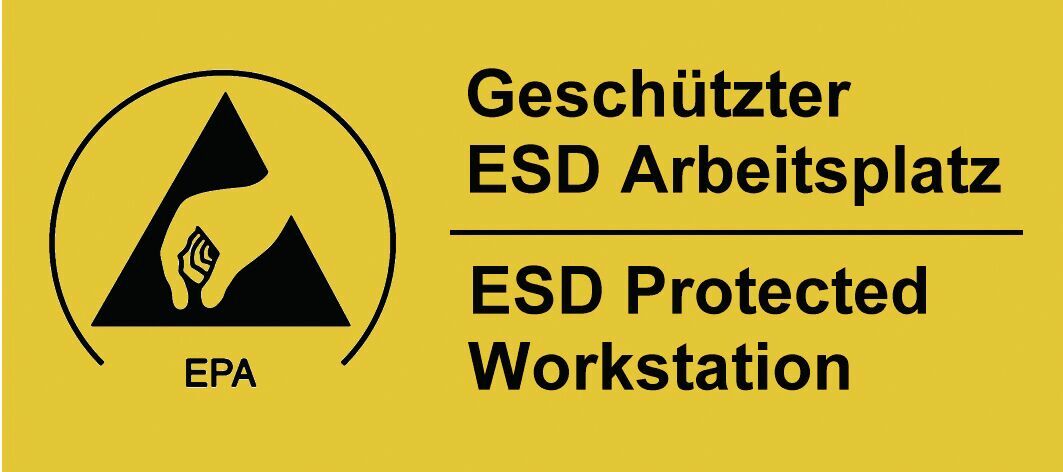
Our shoes excellent discharge capability, the shoe is suitable for work in ESD sensitive or electrostatically protected areas (EPA). The shoes comply to the standard 61340-5-1. ESD specification with bleeder resistor below 35 megaohms.
ESD Safety Shoes (Electrostatic Discharge Safety Shoes) are specifically designed to prevent the buildup and discharge of static electricity, which can be harmful to sensitive electronic components or materials. They are essential in industries where electronics, semiconductor, or sensitive devices are being handled, as electrostatic discharge can cause equipment malfunctions or even permanent damage.
Key Features of ESD Safety Shoes:
Electrostatic Dissipation:
These shoes are made with materials that control the movement of electrical charges, allowing static electricity to safely dissipate into the ground instead of accumulating and discharging. This is achieved through conductive or dissipative soles.
Conductive soles: Provide a direct path for static electricity to discharge to the ground.
Dissipative soles: Allow a controlled flow of static charges, slowly discharging them instead of letting them build up.
Antistatic Properties:
ESD safety shoes help protect both the wearer and the environment from the effects of static electricity by keeping the user’s body at the same potential as the ground, ensuring no harmful shocks or discharges.
Material Composition:
Typically made of materials like rubber, carbon, leather, or composite materials that have been designed to prevent static buildup.
The sole is often designed with a conductive or dissipative layer, and the upper is usually made of synthetic materials or leather with anti-static properties.
Comfort and Safety Features:
ESD shoes do not compromise on comfort. They often come with features like padded insoles, breathable linings, and shock-absorbing soles.
Steel or composite toe caps for impact protection.
Slip-resistant soles to reduce the risk of slipping on wet or greasy floors, particularly in electronics assembly or laboratory environments.
Grounding Capability:
ESD safety shoes are often connected to an ESD grounding system within the workspace, helping to further reduce static risks. The shoes often feature a resistance value that ensures the safe discharge of static charges.
Applications:
Electronics Manufacturing: In environments where components such as microchips, circuit boards, and other sensitive electronics are produced or assembled, ESD safety shoes help protect from static-induced damage.
Clean Rooms: ESD shoes are crucial in controlled environments, like semiconductor fabs, medical device production, or research labs, where precision equipment is used.
Packaging and Handling of Sensitive Products: Ideal for industries involved in the packaging and handling of computer parts, mobile phones, or other electrical goods where even minor static discharges can cause costly damage.
Benefits:
Prevents Damage to electronic components, which can save costs and time in production or testing processes.
Enhances Worker Safety by minimizing the risk of accidental electrical shocks in environments where electricity is present.
Promotes Compliance with industry standards, such as ANSI/ESD S20.20, which requires the use of appropriate grounding and safety measures in workplaces handling sensitive electronics.
When Should ESD Safety Shoes Be Used?
In electronics assembly plants, clean rooms, laboratories, or any workplace that involves handling sensitive electronics or materials susceptible to static discharge.
When working with semiconductors, computer components, display screens, medical devices, or other sensitive equipment.


